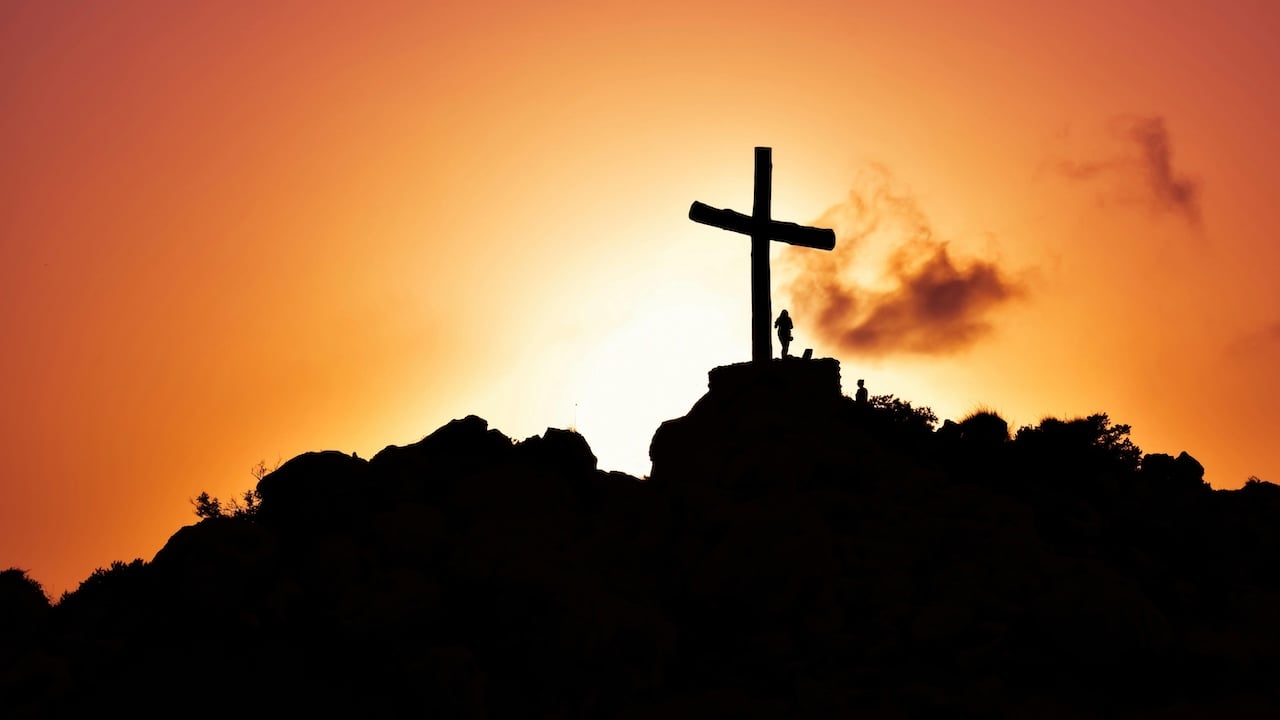When Jesus tells us to carry our cross, it is because he knows that we need the cross (cf. Lk. 14:25-33).
Recently, I heard about the faith journey of Brandon Eaves. He went to church with his family for around two years when he was eight, until his family had a falling-out with their church. In High School, he became interested thanks to a girl. A popular football player, he asked a girl to homecoming. She thought it was a prank, since his teammates were nearby. She couldn’t imagine he was serious.
He saw her again later and finally convinced her that he really wanted to take her to homecoming. She agreed, but with a condition. He had to accompany her to youth group at her nondenominational church. He hesitated, but finally agreed. When he arrived, he was unsure whether he was being welcomed or targeted. Everyone seemed to want to talk to him, especially the youth pastor. He began attending the church twice a week, and he did take the girl to homecoming.
One day, the youth pastor invited him out to lunch. He found the request a bit strange, but agreed to do it. The youth pastor preached the Gospel on the back of a napkin. He drew a large chasm in the middle of his paper canvas and representations of God and man on each side. Sin has separated man and God, and man on his own has no way back to God. Brandon could understand this. Then, the youth pastor drew something that startled him. He drew a cross that bridged the chasm. He explained that only the sacrifice of Christ on the Cross is able to span the difference between God and man. Only the grace that comes from his sacrifice can save us from sin and death.

He invited Brandon to point to where he was on the diagram. Brandon looked left and right. Well, I am not so bad that I would be in Hell. But I am also not so good that I would be in Heaven. He pointed to the center of the cross. He figured he was right in the middle. Wrong answer. With Christ, there is no middle ground – you are either in Him or outside of Him. That truth chilled him to the bone. This encounter helped him to make a definitive decision for Christ. This is the same phenomenon that is happening in today’s Gospel. Jesus is not asking for half-measures.
When we read today’s Gospel, we might be shocked by the harshness of the language.
If anyone comes to me without hating his father and mother, wife and children, brothers and sisters, and even his own life, he cannot be my disciple (Lk. 14:26).
It can’t be real that we are expected to hate father and mother, can it? It doesn’t seem that Jesus is using the word “hate” in the same way we typically understand it. In Semitic language, it means to “love less by comparison.” Yet, does following Christ not often cause strife and disagreements within a family setting? Have you ever had a conflict with your family over Christ?
Still, Jesus packs a harder punch in the next line.
Whoever does not carry his own cross and come after me cannot be my disciple (Lk. 14:27).
Christians through the centuries have reflected on the link between discipleship and the Cross. Thomas a Kempis wrote:
Jesus has always many who love His heavenly kingdom, but few who bear His cross… What power there is in pure love for Jesus—love that is free from all self-interest and self-love! (Thomas a Kempis, Imitation of Christ, 2.11).
If we look at our cross and the difficulties of following Jesus as merely an obstacle to happiness in life, we will never embrace the cross. But we must learn to embrace the cross as the bridge that allows us to span the chasm that separates us from God.
How do you carry your cross? Carrying the cross means giving public witness, even when it feels uncomfortable. To carry our cross is not to shoulder a meaningless weight, but to step onto the very bridge Christ has built for us. The wood that once condemned becomes the wood that saves. Only when we embrace our cross do we discover that we are not lost in the chasm, but alive in Christ.
Subscribe to the newsletter to never miss an article.
Check out my Substack.













